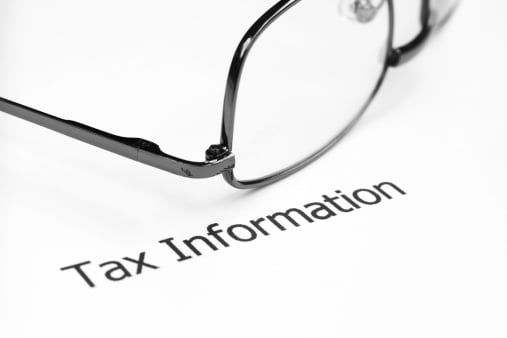Taxing Wellness Incentives
 By Josie Martinez, Senior Partner and Legal Counsel
By Josie Martinez, Senior Partner and Legal Counsel
EBS Capstone, A UBA Partner Firm
It is becoming more and more common for employers to offer wellness incentives to their employees as motivation for employees to improve their overall health and well-being. Management has started to buy in to the fact that there is a correlation between healthier employees, lower medical claims and lower medical premiums, but this only works with employee participation. While an effective means to incentivize employees to do something positive about their health, however, there are tax implications to these incentives that are often overlooked and/or misunderstood by both employers and employees.
Wellness incentives can range from nominal in nature to more significant financial rewards. Employers may offer gift cards or cash, partial or total gym reimbursements, raffles or prizes, free T-shirts, sneakers or even tickets to a sporting event or show. Incentives can also include such things as reductions in employee premiums or contributions and employer contributions to HSAs, HRAs, FSAs, etc. The bottom line is that incentives can come in all forms, shapes and amounts. The issue is how are these incentives treated for tax purposes?
Many types of incentive awards are treated as taxable wages and subject to payroll taxes. Exclusions may apply to amounts provided to employees for “medical care” but expenses that are simply for the benefit of a person’s general health or well-being are not expenses for “medical care” and therefore taxable. The general IRS rule states that any award or prize given by an employer is taxable to an employee as wages, to be included on their W-2 and subject to Federal tax withholdings, as well as Social Security and Medicare taxes unless a tax exemption is explicitly described in the tax code. The most commonly used incentive award that is exempted from taxation in the code is employer contributions to a health plan. So where the wellness program includes an employer reward in the form of lower employee contribution for the health plan, or an employer-funded HRA, these employer paid rewards are tax exempt.
Another exception to the general rule is the “de minimus award” rule. The value of any property or services provided to an employee that has so little value that accounting for it would be unreasonable or administratively impracticable is not included in employee compensation and is not taxable because it is considered de minimus. The IRS states that a de minimis award is one of nominal value and is provided infrequently. Unfortunately, there is no bright-line dollar amount as to what qualifies. A safe bet is probably somewhere between $25 and $100, but not $100 every three months. Again, little guidance is present so employers must use their judgment in deciding whether a particular item is excludable from employee income as a de minimis fringe benefit. Some employers therefore assume that a gift card in a nominal amount should not be taxable to the employee, but cash is always taxable, regardless of the amount, regardless of the reason and regardless of the frequency. If you want to give cash, it is best paid through payroll as wage-related earnings. Gift cards or certificates are considered cash equivalents and therefore treated the same as cash.
A creative incentive is when employers award additional paid time off or permit employees to exercise or attend health classes during work hours. Any wages (i.e., cash) paid with respect to additional “free time” continue to be taxable to the employee and subject to payroll taxes. Finally, the fact that an employer may have a third party to run the wellness program and/or is the one distributing the incentives does not change the rules because ultimately, the third party is really the employer’s agent.
So, while wellness incentives are an effective tool to engage employees about their health, employers must remember that, if they offer taxable wellness incentives, they must report these rewards on the employee’s Form W-2 and withhold appropriate taxes on these amounts.




 By Mick Constantinou, Advisor, Employee Benefits
By Mick Constantinou, Advisor, Employee Benefits